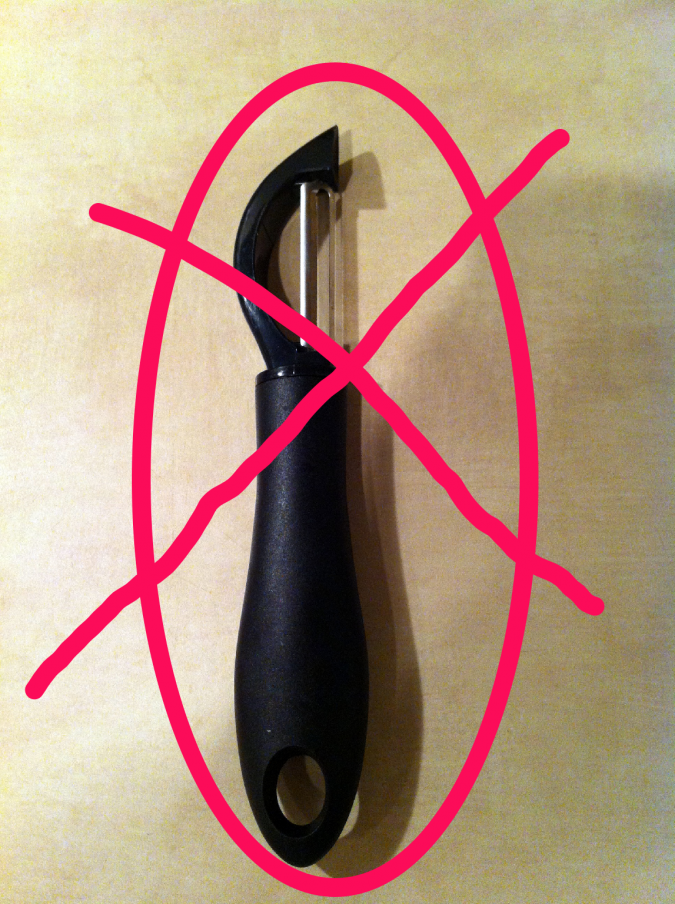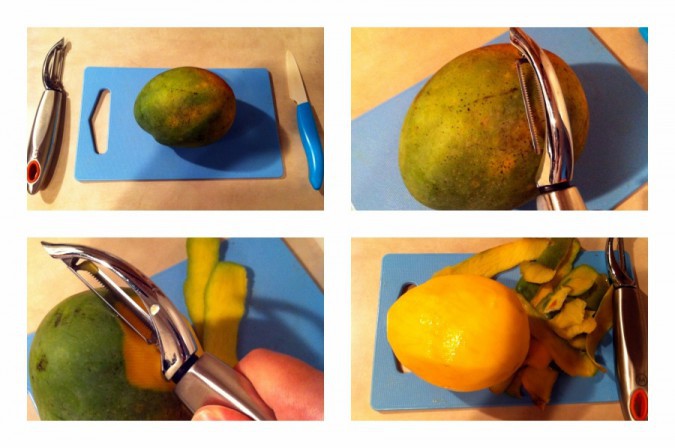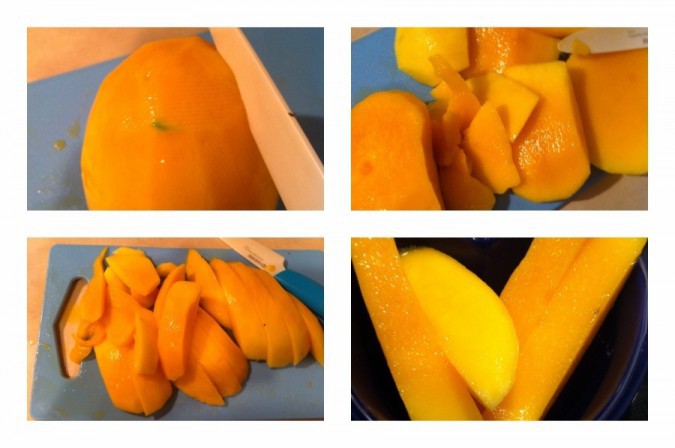Book Review: Into the Whirlwind
Into the Whirlwind is the most recent book I received to review for Bethany House through their blogger review program.
The book centers around Mollie Knox, the owner of a luxury watch company in Chicago in the 1870s. Her company provides watches to an upscale department store and, out of the blue, the enigmatic lawyer of that company comes to Mollie with an offer to buy her operation. But, before she can make a decision, the Great Chicago Fire happens, thrusting her relationship with Zack (the lawyer) into a whole new light as he helps her rescue her watching-making equipment and essentially saves her life.
One of the reasons Mollie is hesitant to sell is that she employs numerous Civil War veterans at her watch company. Her father had been a soldier and brought members of his squadron who might not have been employable anywhere else on at his company. Mollie is worried about what might happen to them if someone else were to be in charge of the company.
As Mollie seems to be falling for Zack, the child of Polish immigrants who has made good for himself, of course another hero has to swoop in, this time the commander of her father’s Civil War battalion. He is wealthy, powerful, and straightforward, and Mollie’s head tells her he is the right choice for her. But the requisite struggle with her heart ensues.
That’s the gist of the book and, honestly, it was rather mediocre. It’s on the long side–377 pages–and while I found the story intriguing it did not suck me in. I kept having to remind myself that I should go read it, which, for me, is a sure sign that I’m not engrossed in a book.
I will say the parts about the Chicago fire were fascinating and well-researched. (The author is a research librarian, so that makes sense.) I love historical fiction, and this was an event I knew next-to-nothing about, so it was interesting to read an on-the-ground account of that night and the following days, even if it was fictional.
I was surprised that Mollie’s role as a businesswoman was so widely accepted during the time in which the book was set. I would have thought a woman being in charge of a business would have been frowned upon, or at least rather uncommon, and thus making it a topic of conversation, but that did not seem to be the case. I guess in order for the conceit of the book to work we couldn’t question that, but it stuck out to me.
The characters were likable enough, and the relationships between them were well-constructed.
Bethany House is a Christian publishing house, so I always expect that faith will play a role in the books it publishes, and I was surprised by the subtlety with which the author brought up faith in Into the Whirlwind. Mollie prays a few times during the fire, and afterwards she occasionally makes mention of relying on strength from God or hoping that someone will go to church. At first I felt like this element was so subtle as to be unnecessary and wasn’t sure it added anything to the book, but the more I read the more I felt like it was actually extremely realistic. In real life, very few people go around spouting about their faith all the time. If they are believers, it’s just a part of their psyche, something they bring up in conversation and that informs the decisions they make. So in that way, I thought the appearance of faith in this book was well-done.
All in all this book was only okay, but if you’re interested in historical events like the Chicago fire it might be worth adding to your historical fiction repertoire.





